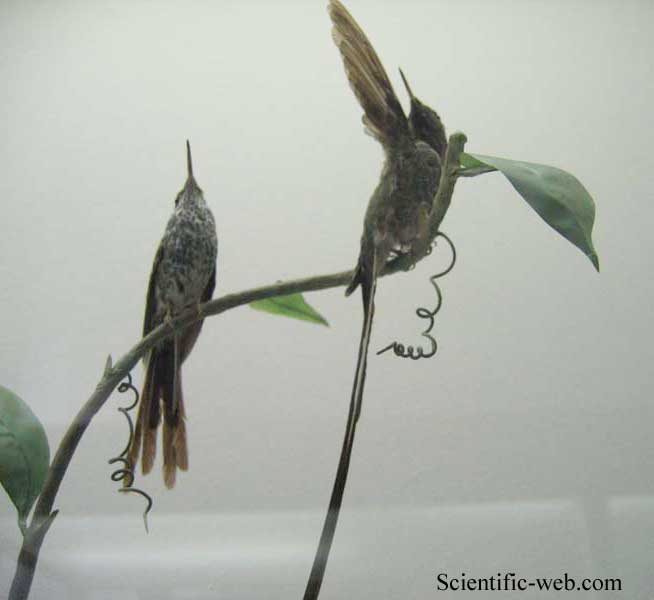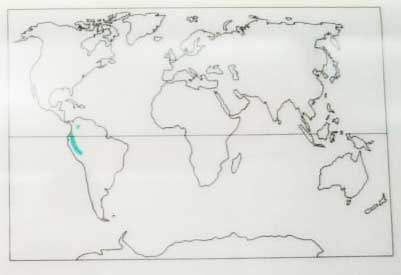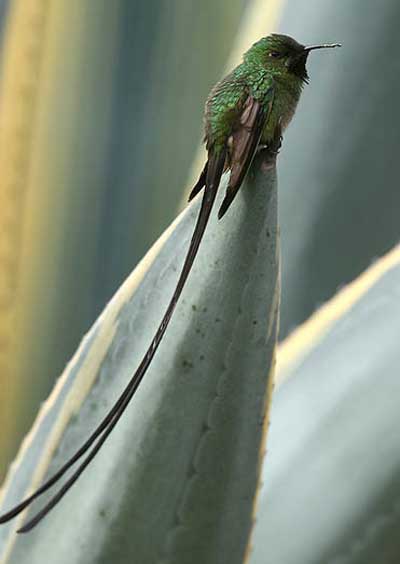
Lesbia victoriae, Photo: Michael Lahanas
Superregnum: Eukaryota
Cladus: Unikonta
Cladus: Opisthokonta
Cladus: Holozoa
Regnum: Animalia
Subregnum: Eumetazoa
Cladus: Bilateria
Cladus: Nephrozoa
Superphylum: Deuterostomia
Phylum: Chordata
Subphylum: Vertebrata
Infraphylum: Gnathostomata
Megaclassis: Osteichthyes
Cladus: Sarcopterygii
Cladus: Rhipidistia
Cladus: Tetrapodomorpha
Cladus: Eotetrapodiformes
Cladus: Elpistostegalia
Superclassis: Tetrapoda
Cladus: Reptiliomorpha
Cladus: Amniota
Classis: Reptilia
Cladus: Eureptilia
Cladus: Romeriida
Subclassis: Diapsida
Cladus: Sauria
Infraclassis: Archosauromorpha
Cladus: Crurotarsi
Divisio: Archosauria
Cladus: Avemetatarsalia
Cladus: Ornithodira
Subtaxon: Dinosauromorpha
Cladus: Dinosauriformes
Cladus: Dracohors
Cladus: Dinosauria
Ordo: Saurischia
Cladus: Eusaurischia
Subordo: Theropoda
Cladus: Neotheropoda
Cladus: Averostra
Cladus: Tetanurae
Cladus: Avetheropoda
Cladus: Coelurosauria
Cladus: Tyrannoraptora
Cladus: Maniraptoromorpha
Cladus: Maniraptoriformes
Cladus: Maniraptora
Cladus: Pennaraptora
Cladus: Paraves
Cladus: Eumaniraptora
Cladus: Avialae
Infraclassis: Aves
Cladus: Avebrevicauda
Cladus: Pygostylia
Cladus: Ornithothoraces
Cladus: Ornithuromorpha
Cladus: Carinatae
Parvclassis: Neornithes
Cohors: Neognathae
Cladus: Neoaves
Superordo: Caprimulgimorphae
Ordo: Apodiformes
Familia: Trochilidae
Subfamilia: Trochilinae
Genus: Lesbia
Species: Lesbia victoriae
Subspecies: L. v. berlepschi – L. v. juliae – L. v. victoriae
Synonyms: L. v. aequatorialis – included in nominal.
Name
Lesbia victoriae (Bourcier & Mulsant, 1846)
Type locality: "Nouvelle-Grenade" = Colombia.
Synonyms
Trochilus victoriae (protonym)
References
Bourcier, J. & Mulsant, E. 1846. Description de Vingt Espèces nouvellles d'Oiseaux-Mouches. Annales des Sciences Physiques et Naturelles, d'Agriculture et d'Industrie. Société impériale d'agriculture, etc. de Lyon. 9: 312–332 BHL Reference page. p. 312 BHL pl. 11 BHL
Vernacular names
Deutsch: Victoria-Sylphe
English: Black-tailed Trainbearer
español: Colibrí colilargo mayor
français: Porte-traîne lesbie
svenska: Grönstjärtad slöjbärare



